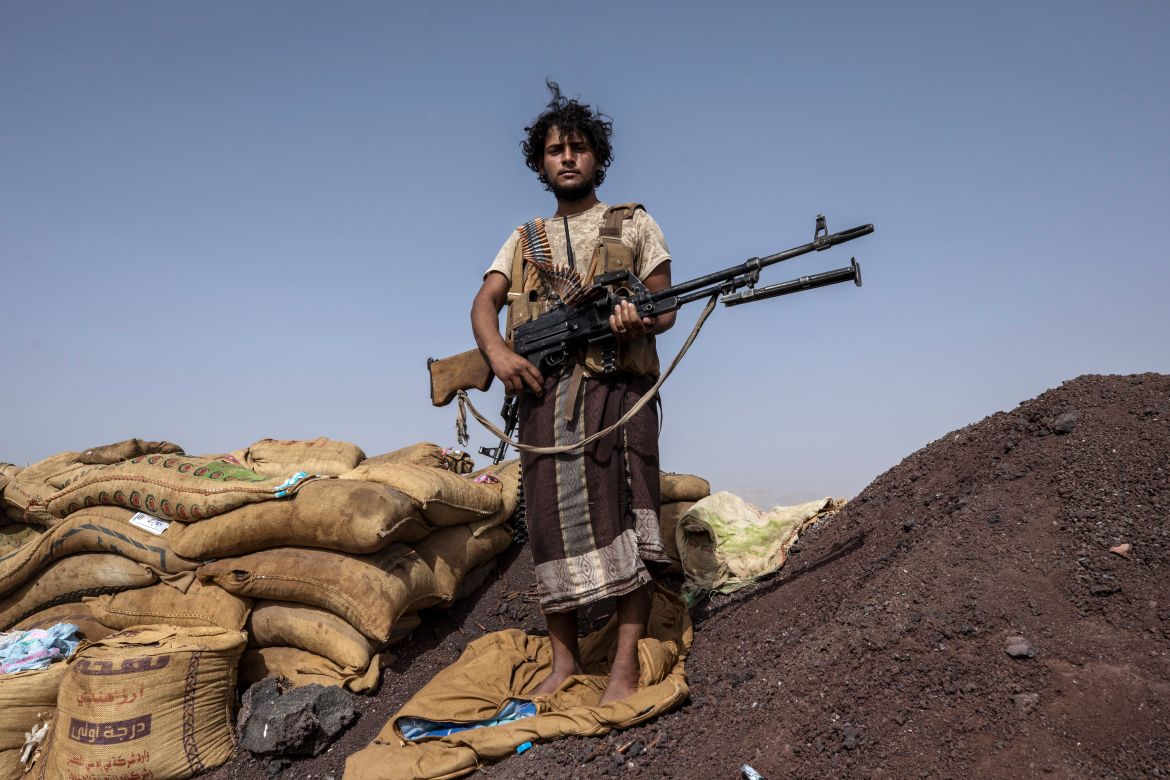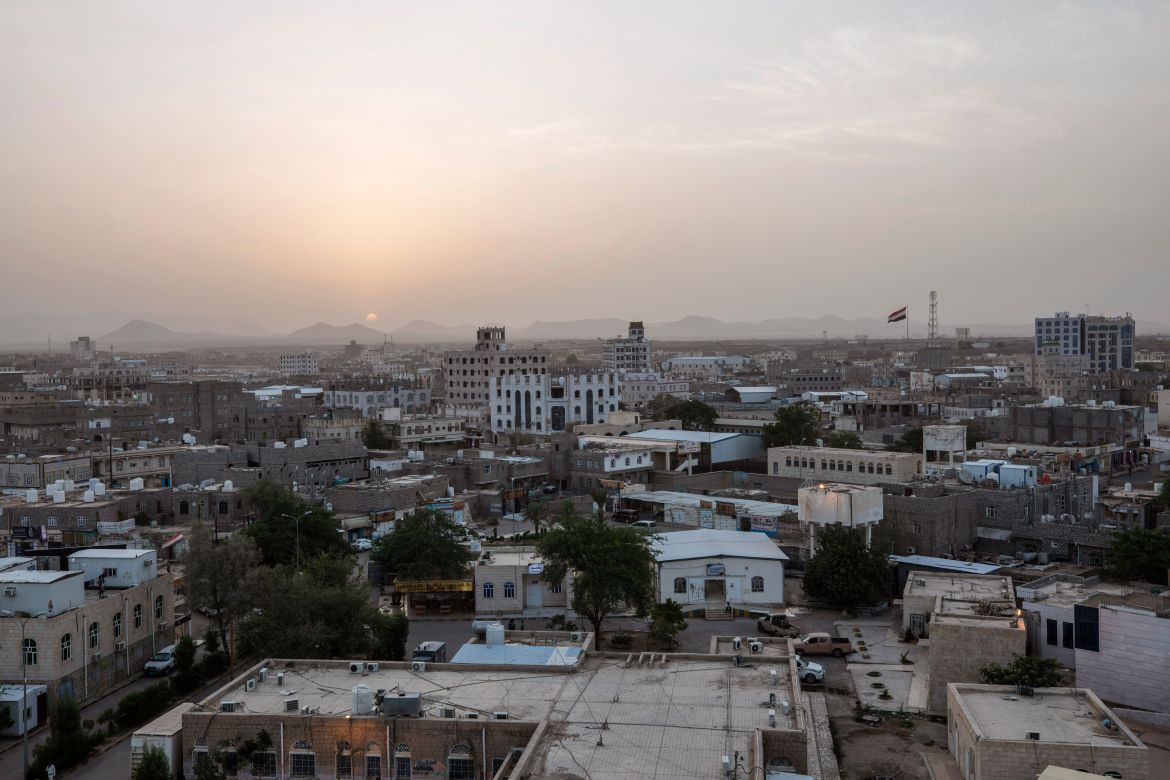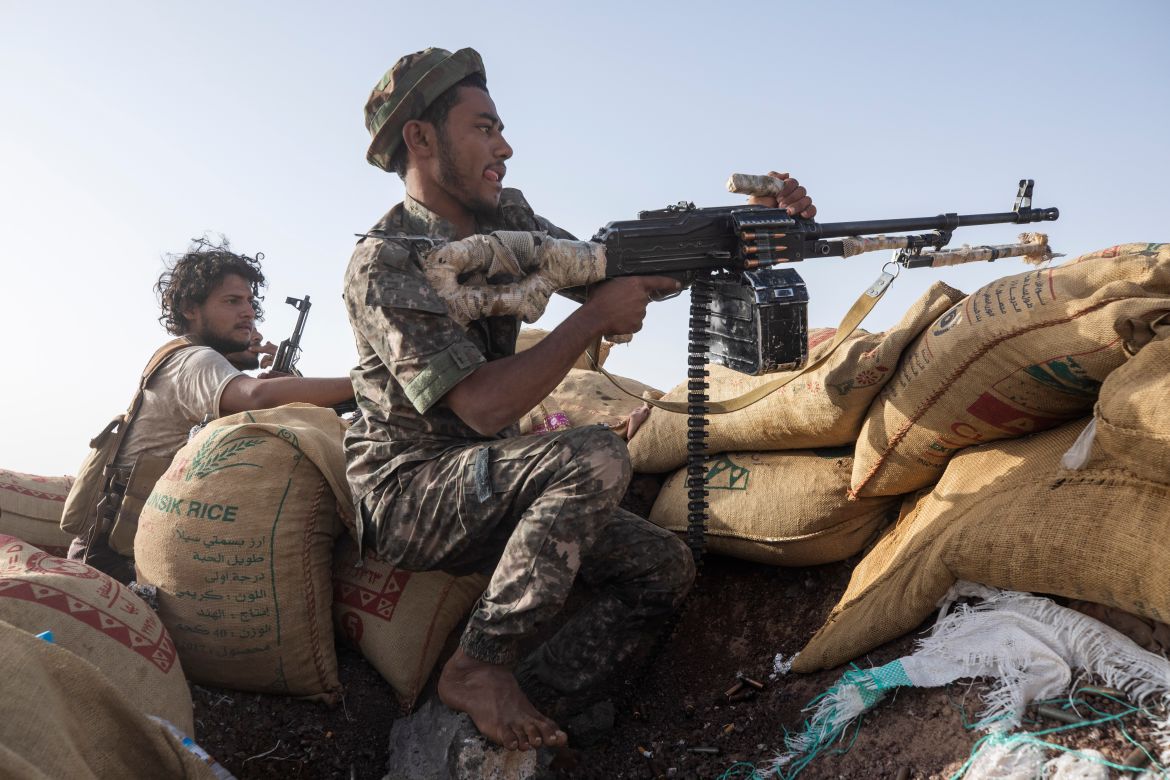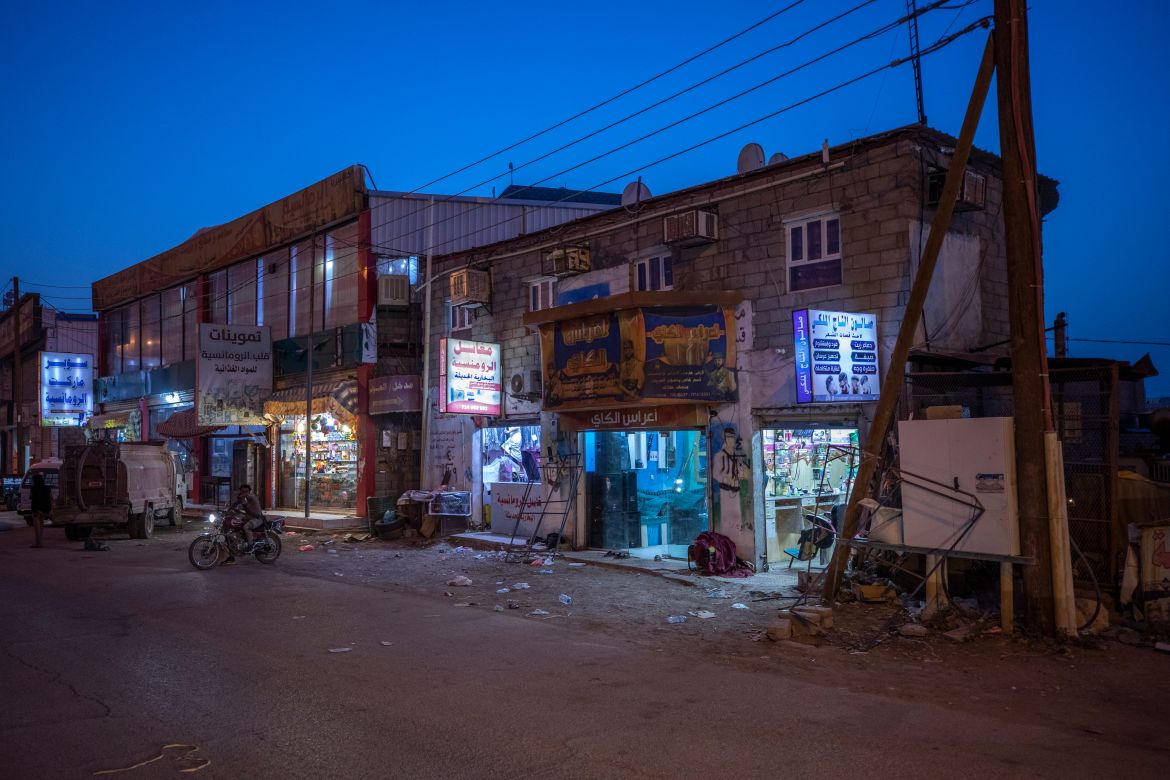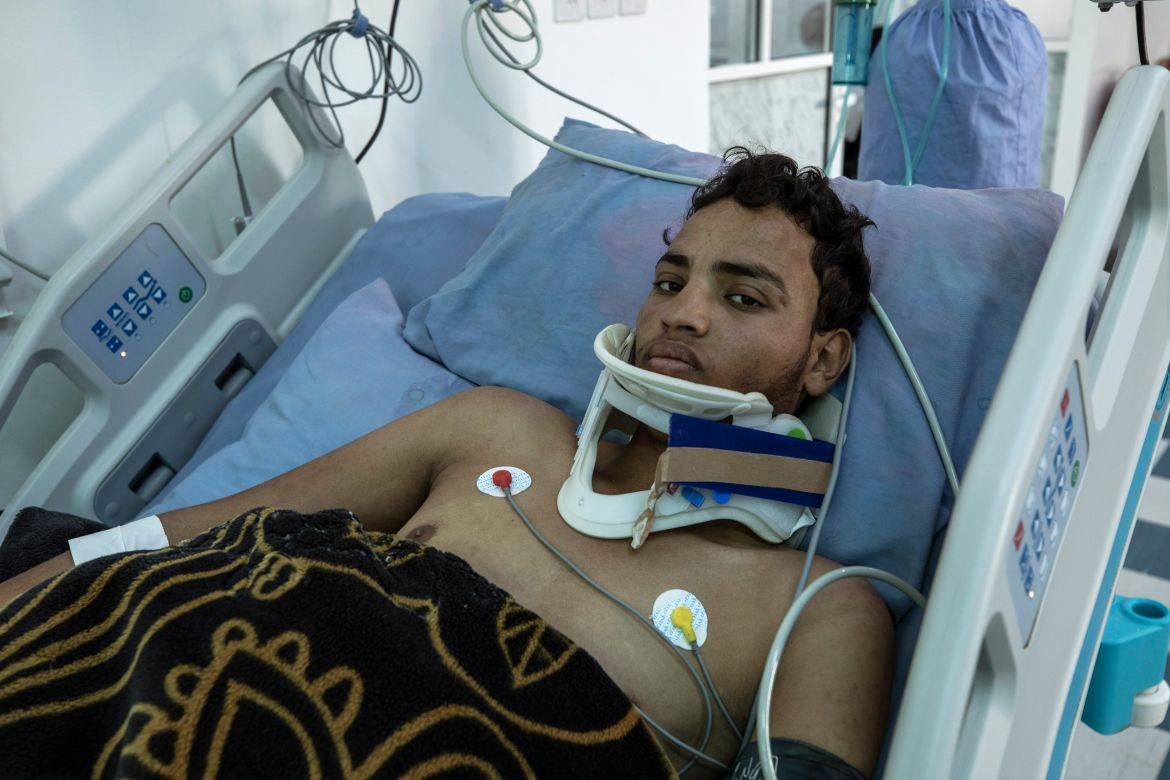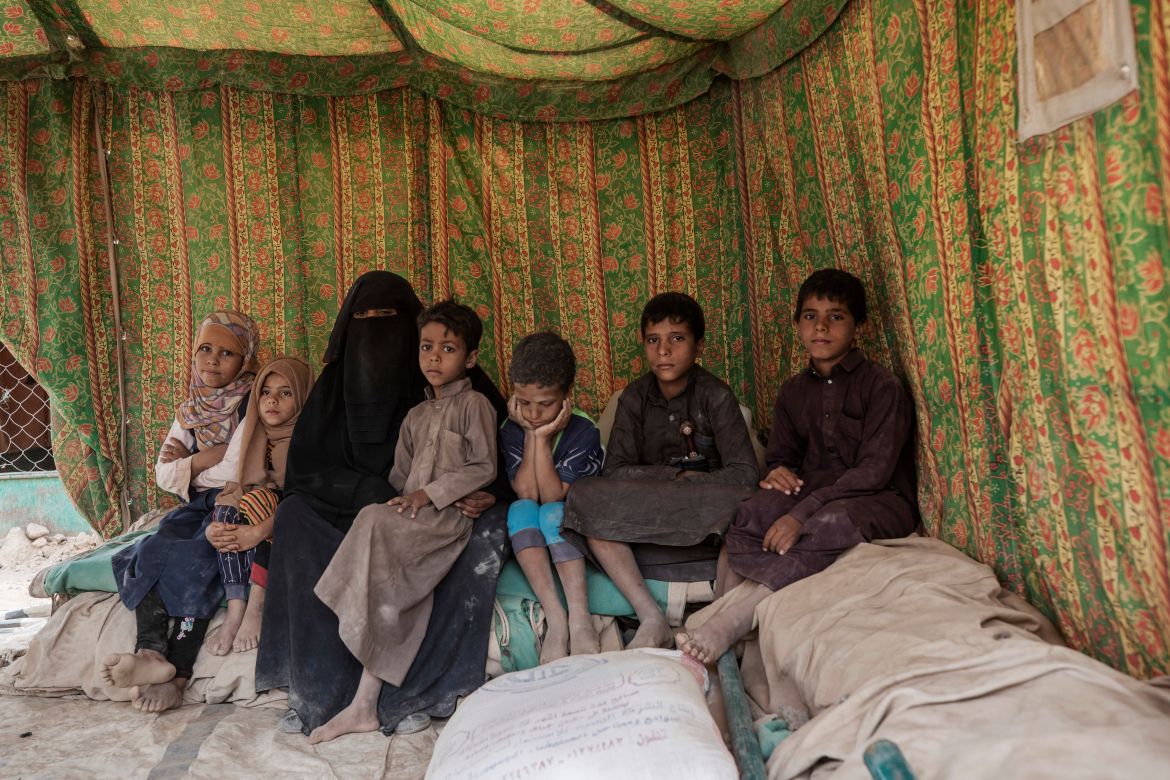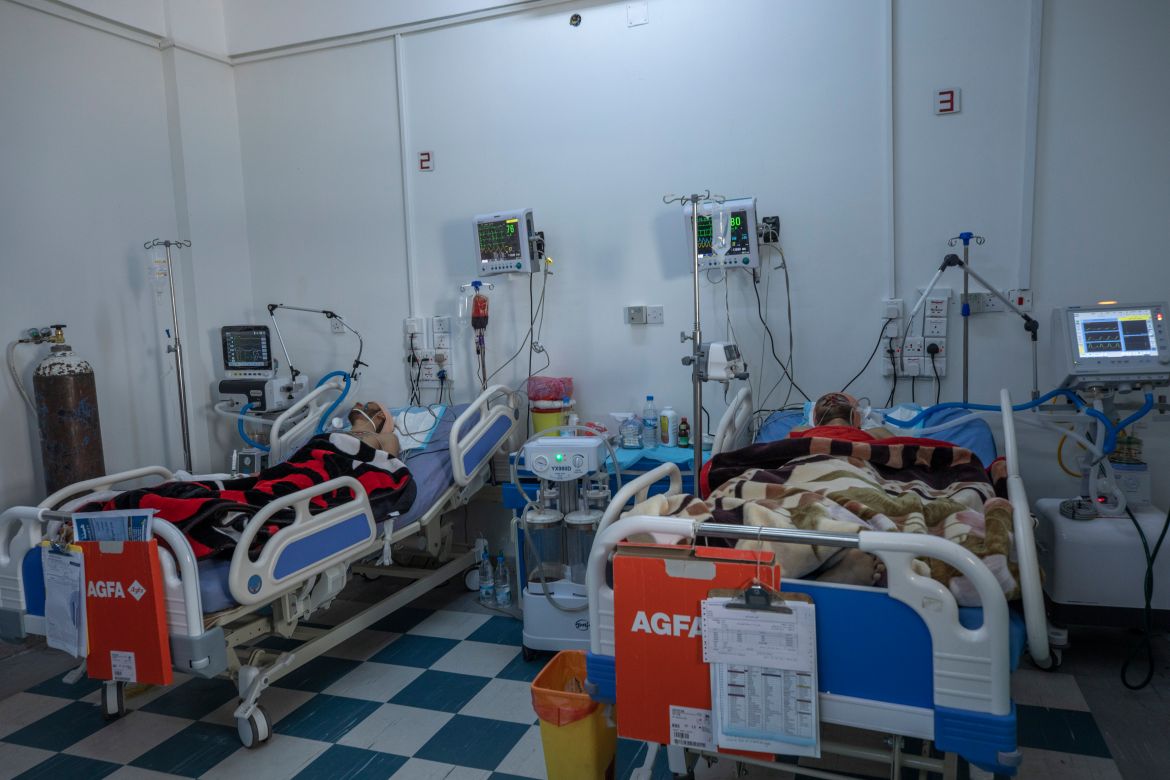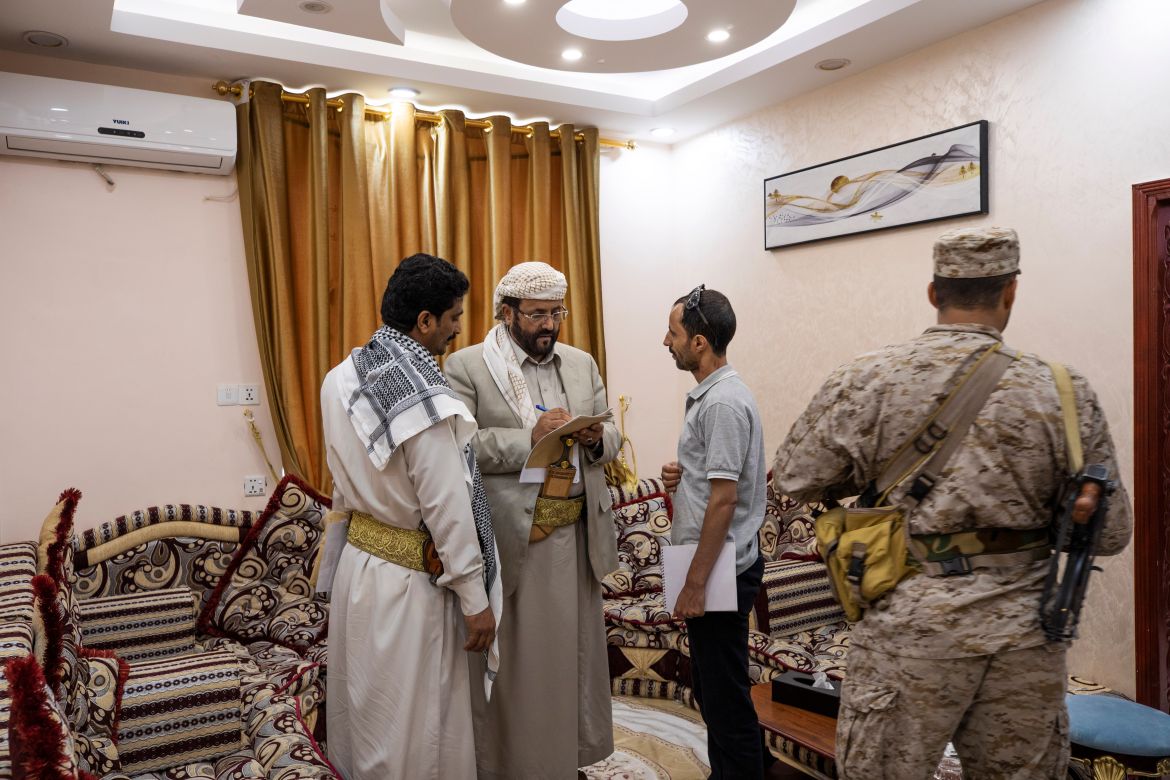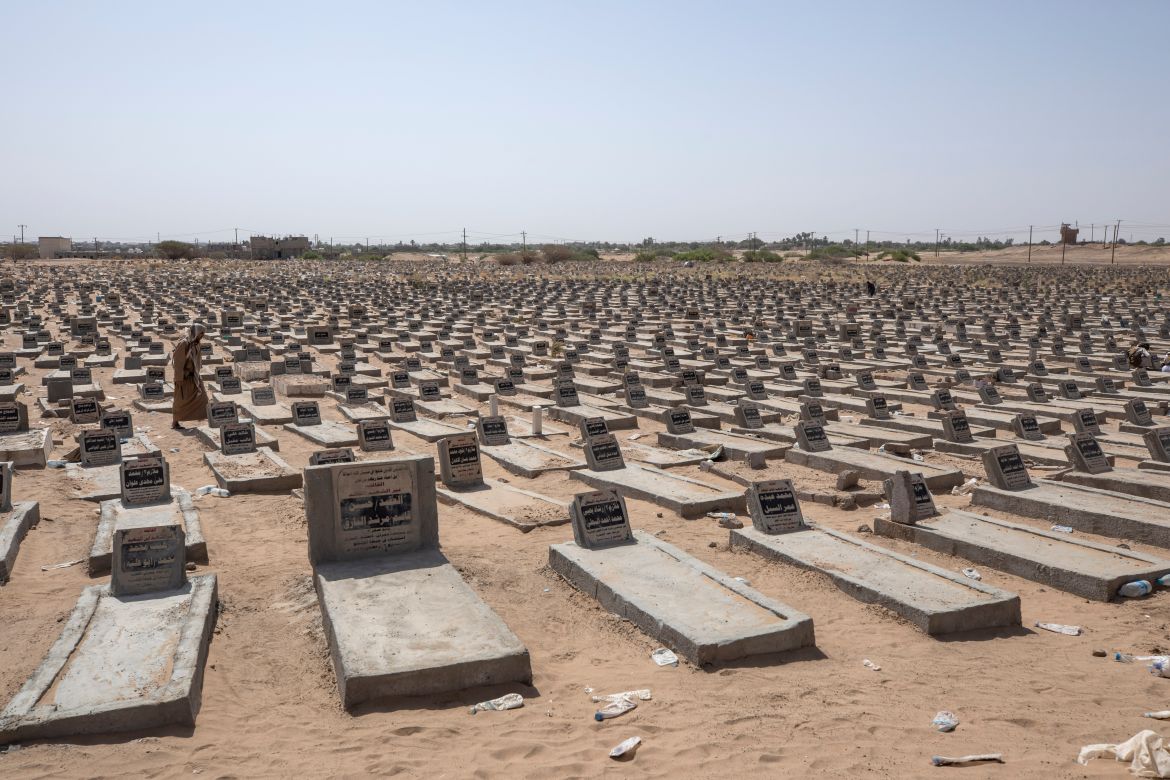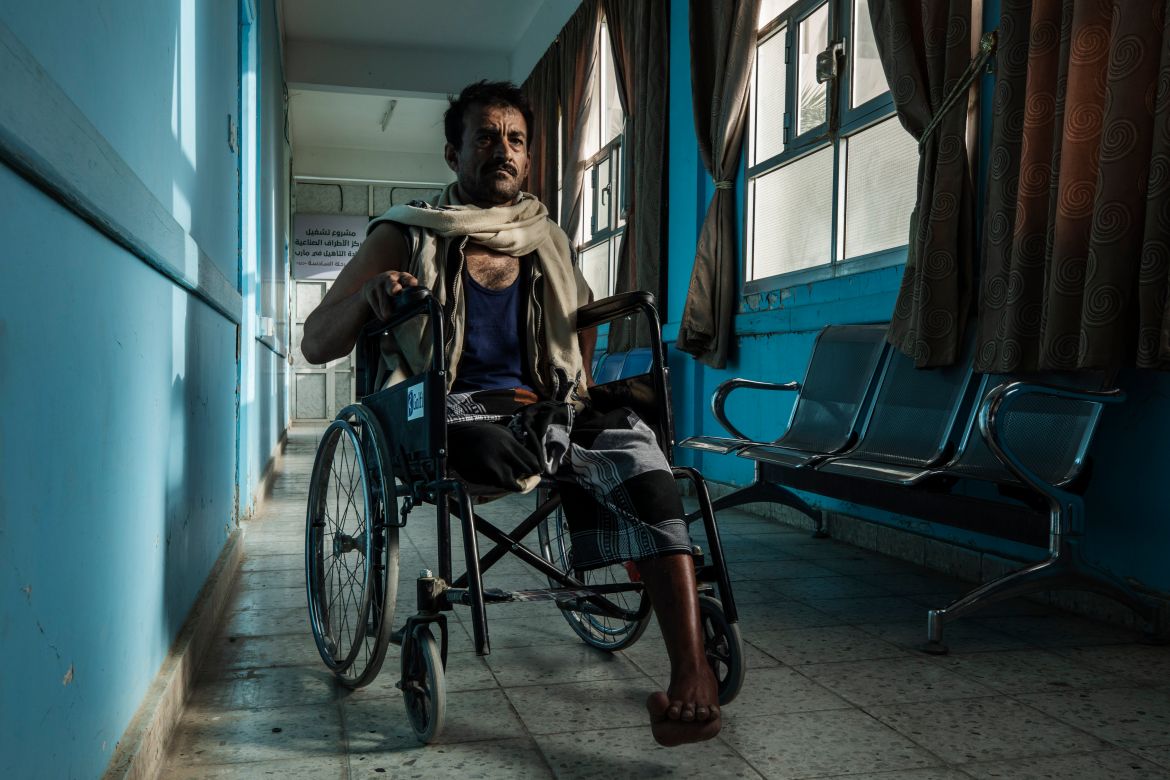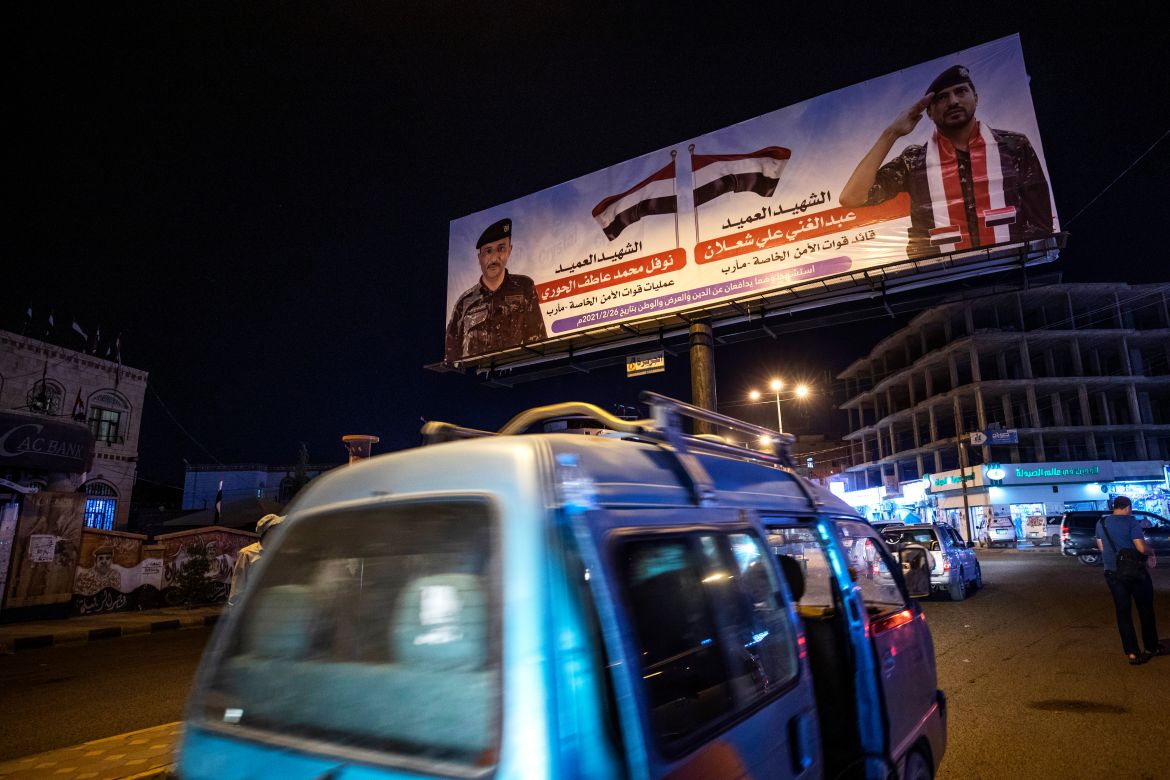In Pictures
In Pictures: The grim battle for key Yemeni city of Marib
The main hospital in Marib has been overwhelmed by dozens of wounded fighters a day for months.

On the most active front line in Yemen’s long civil war, the months-long battle for the city of Marib has become a dragged-out grind with a steady stream of dead and wounded from both sides.
Houthi rebels have been trying since February to take the city, but have been fended off by heavy air attacks by Saudi Arabia. Yemeni government troops defending Marib say they need more and better weapons to turn the tide.
Amid another round of peace talks, this time led by Oman, officials and observers believe the final victors in Marib will dictate terms for peace.
Marib – 115km (70 miles) east of the capital Sanaa on the edge of Yemen’s large desert – is a strategic gateway from the central highlands to southern and eastern provinces.
It is also home to oil and gas fields where international firms – including Exxon Mobil Corp and Total SA – have interests. Its natural gas bottling plant produces cooking gas for the nation of 29 million people. Its power plant once provided 40 percent of Yemen’s electricity.
Its relative stability in past years made it a haven for those fleeing the war’s other fronts. The area, which had a prewar population of 400,000, now hosts some 2.2 million displaced people, many of them crowded into camps.
The city’s streets are bustling during the day with taxis and 4×4 vehicles belonging to security forces. At night, men frequent restaurants and cafés or gather in homes, chewing leaves of qat for a stimulant effect. There is little heed paid to the fighting just outside their city.
‘Martyrs in the war’
But the posters of fallen commanders and troops lining the roadways serve as a reminder. The city’s cemetery has been expanded to absorb the surge in fatalities.
“We bury between 10 to 15 people every day, mostly martyrs in the war,” said Mohammed Saeed Nasser, a guard at the cemetery.
The main hospital in Marib has been overwhelmed by dozens of wounded fighters a day for months, said its director, Dr Mohamed Abdo al-Qubati.
At an intensive care unit, there were 10 patients. In one of the beds, Ali Saad, 22, lay partially paralysed. He was shot by a Houthi sniper on the front line on June 18.
“I suffered a lot in captivity, I was tortured physically and mentally,” he said. “This gave us a glimpse into what Houthis were really like. We came out with a stronger and indescribable will to fight them.”
